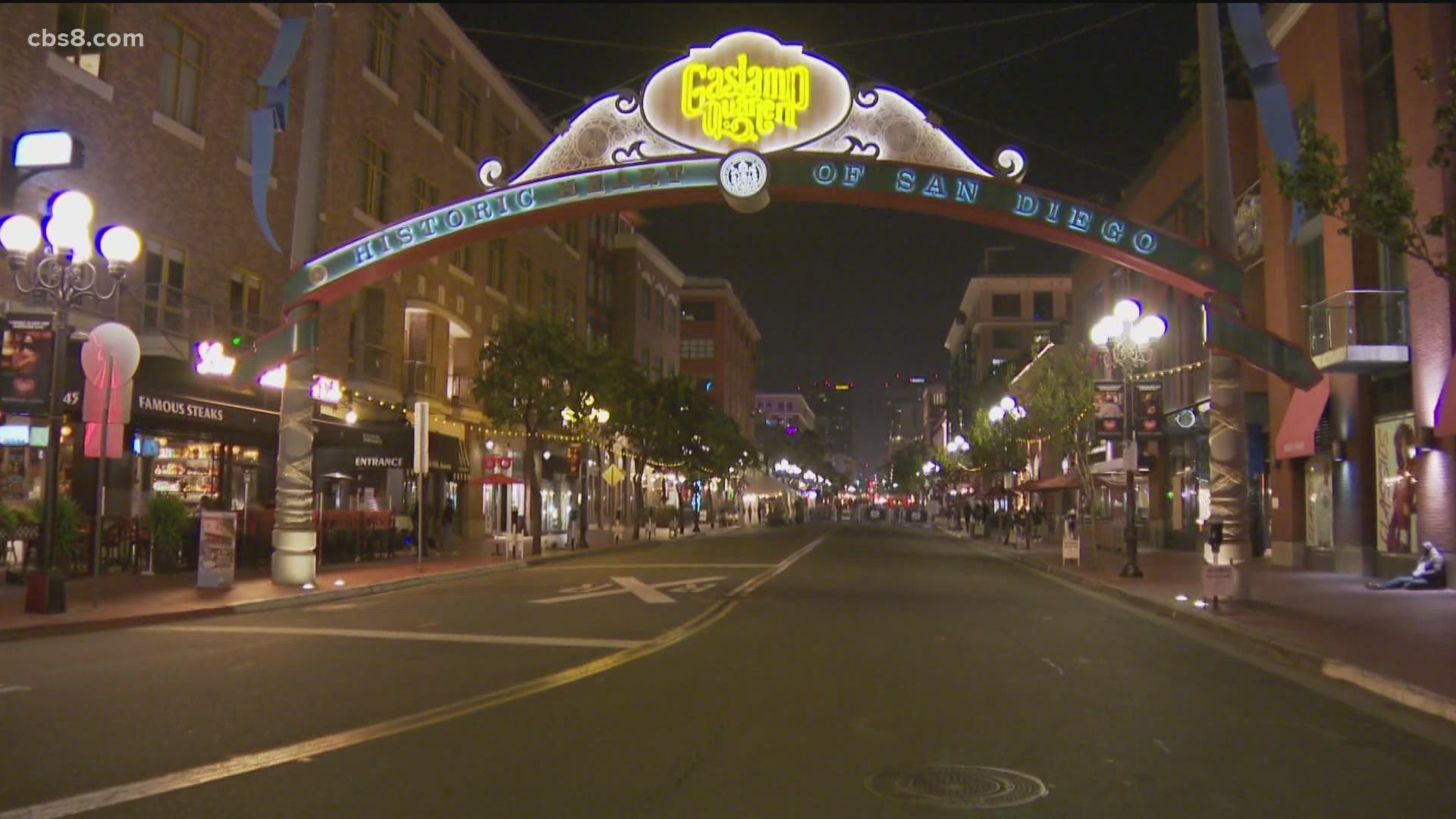SAN DIEGO — California Governor Gavin Newsom ordered a curfew for all counties in the purple tier, which includes San Diego.
The limited stay-at-home order starts on Saturday where non-essential work and gatherings must stop between the hours of 10 p.m. and 5 a.m. The temporary stay-at-home order applies only to California counties in the most restrictive tier.
The new order is raising a lot of questions. For example, you may be wondering - why those specific hours? And is there evidence that curfews help slow the spread of COVID-19?
“This is a first step towards signaling if we don't do something that we are going to really be in trouble in the next weeks, two months,” said Dr. Mark Sawyer, Rady Children’s Hospital Infectious Disease specialist.
He is also on the governor’s 11-member taskforce on scrutinizing any COVID-19 vaccine in the U.S.
The coronavirus isn’t a vampire that only comes out at night. It can spread all hours of the day, but California is the latest state to institute a curfew in hopes of decreasing transmission.
“The more important thing that this does is send a message to the public that we are not doing enough during the daytime to control this infection,” said Sawyer.
During a news conference on Thursday, State Health and Human Services Secretary Dr. Mark Ghaly faced questions about the science behind the curfew. Ghaly didn’t cite a study, but said it’s about targeting times when transmission could increase.
“Inside businesses, activities that happen in restaurants or bars or homes. People might be out with friends and maybe taking their guard down,” said Ghaly.
Health critics said the curfew could crowd bars before last call and then move to an after-party inside a home with less ventilation. Epidemiologist said for curfews to be effective, they need to be part of other measures and mandates so they're not seen as oppressive.
California’s stay-at-home orders helped lower the curve in spring and summer.
“The data is very clear that social distancing and masks work,” said Sawyer.
The statewide curfew starts on Saturday at 10 p.m. and goes until December 21.

